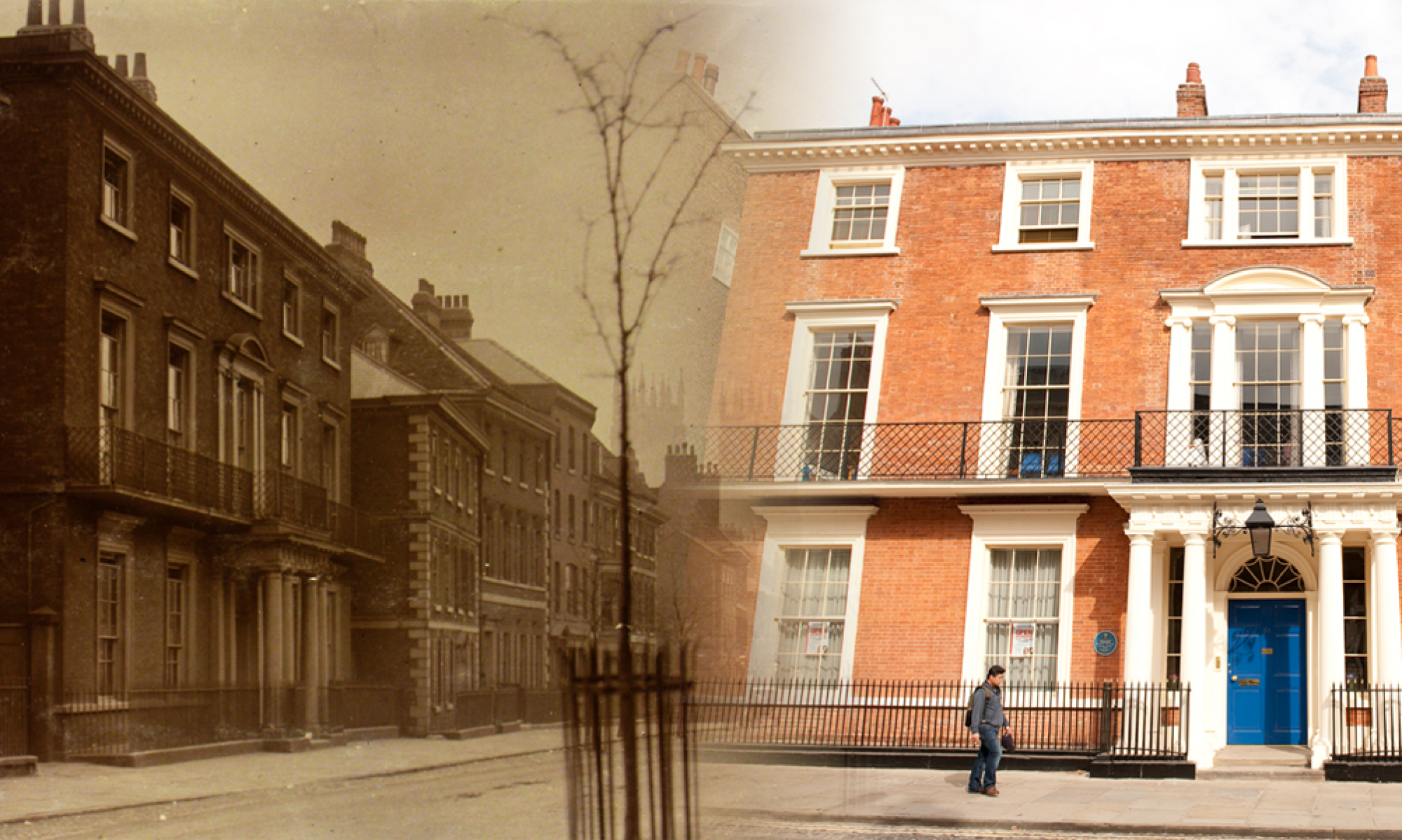The Old Scholars’ Association met for their AGM on Saturday May 22nd 1915. T. Edmund Harvey, chairing the meeting, started off by saying: “If we had been gathering together for a social function I think we should all have felt that it would be better that the Old York Scholars’ Association should not have met at all at such a time, but I think all of us feel, and we are glad to feel, that our annual gathering is something infinitely more than a social function; it is a time of inspiration and of fellowship, where friends meet together to help each other, to share in the sense of comradeship and of unity and to get inspiration from the ideals that have been lit for us in our youth in the two schools. And so all the more because of the great cloud that is upon us do we feel that it is worth while making an effort to be gathered together to feel the strength that this comradeship gives.” He went on to pay tribute to the Old Scholars who were giving service in many different ways: “There are very many who have gone forth to different services : to the wonderful service of the Ambulance Unit, to help the war victims, to what seems much simpler work at home, and there are a great many who have felt it their duty to stick to what is perhaps the hardest task of all, the service which they have been doing or which lies ready to hand where they are and that does not involve any apparent act of great sacrifice, and yet is essential to the true well-being of the country, and is, it may be, the highest fulfilling of duty.”
Ivy Weston then talked about her work with Belgian refugees at Folkestone, where a local War Refugee Committee was formed. She talked about how they fed as many as five thousand people in a day at the harbour, meeting the boats as they arrived.
Florence Barlow talked about the work of the Emergency Committee for the assistance of distressed Germans, Austrians, and Hungarians in Great Britain, and how she had visited two camps on the Isle of Man.
Philip Baker discussed the Friends Ambulance Unit, and the motives which brought the unit together.
T. Edmund Harvey mentioned the Friends War Victims Relief Committee work, including medical, agricultural and other relief work, such as building shelters and temporary housing for the populations of areas affected by the conflict.
A summary from the AGM report in ‘Bootham’ magazine, December 1915. Both Bootham and Mount Old Scholars were at the meeting. Longer excerpts from the accounts of the various types of work done will follow in later posts.
